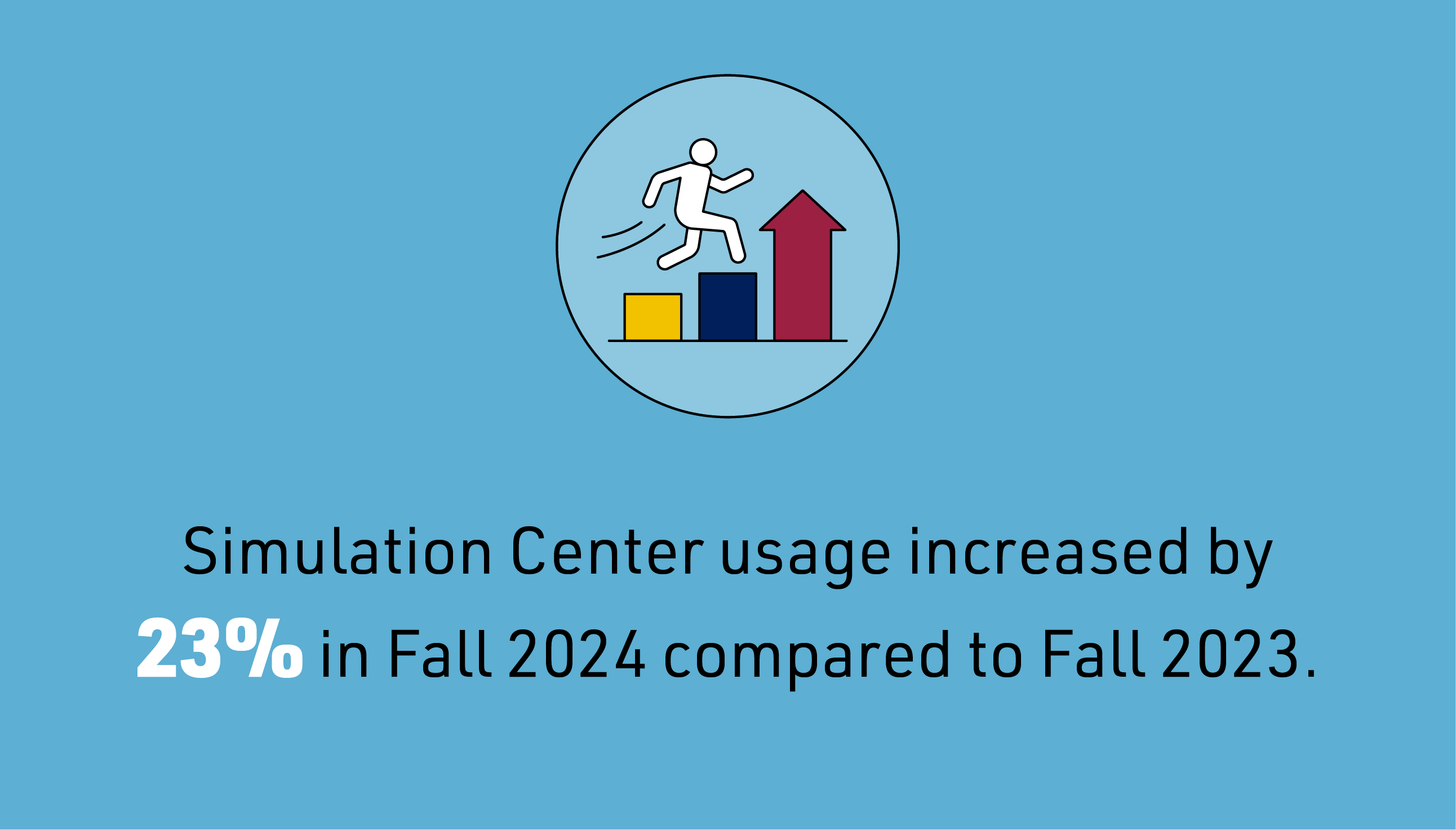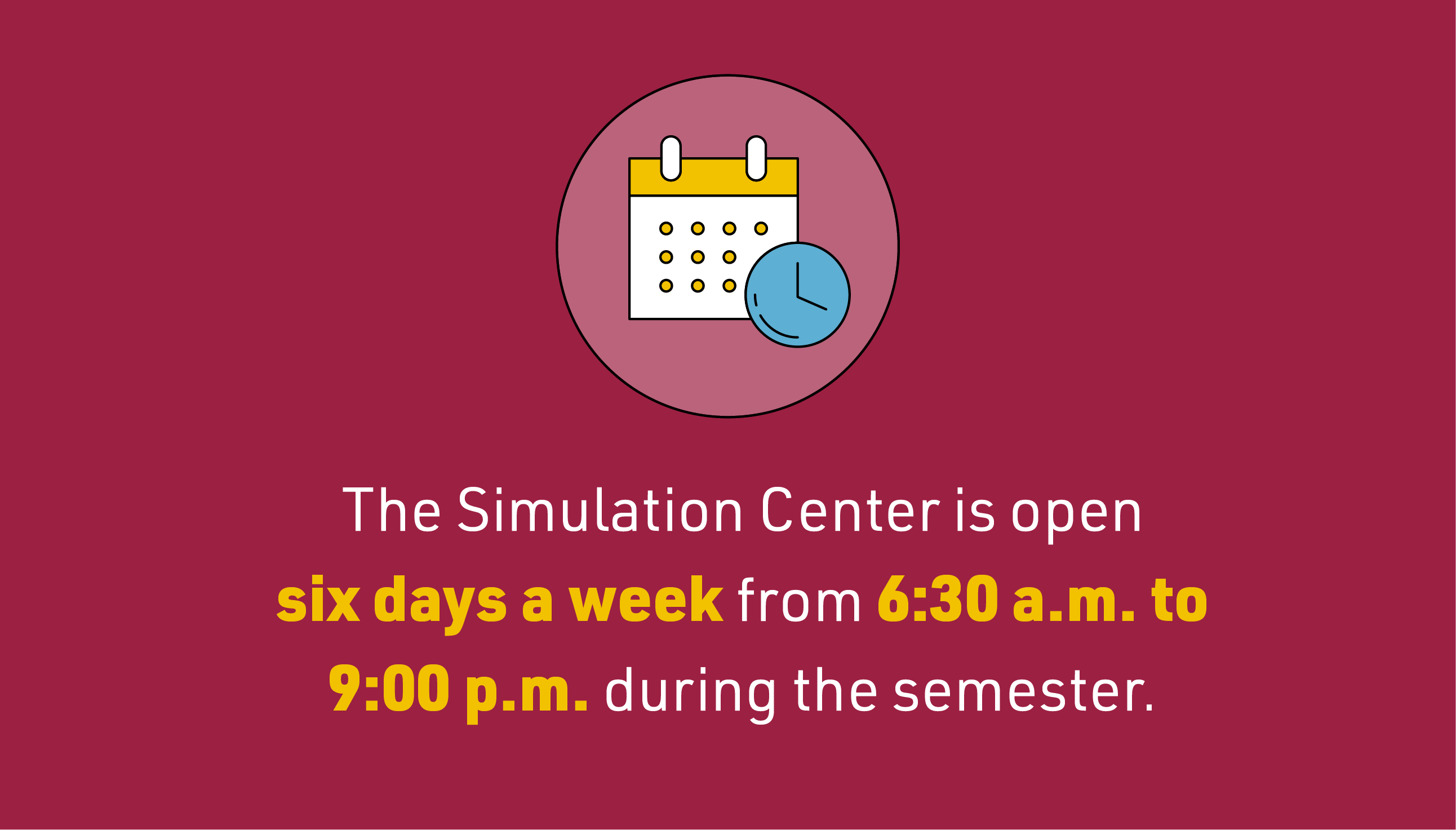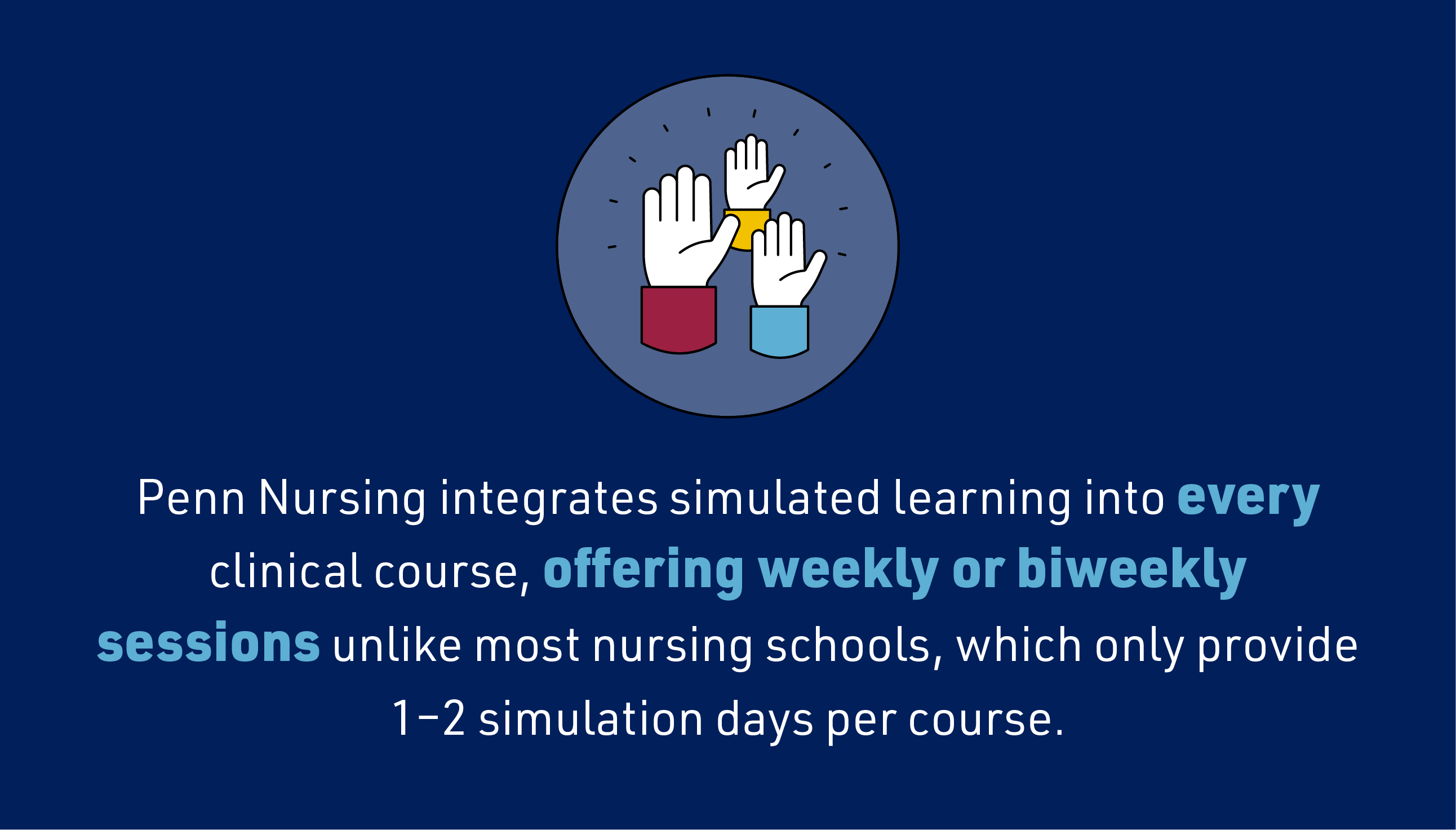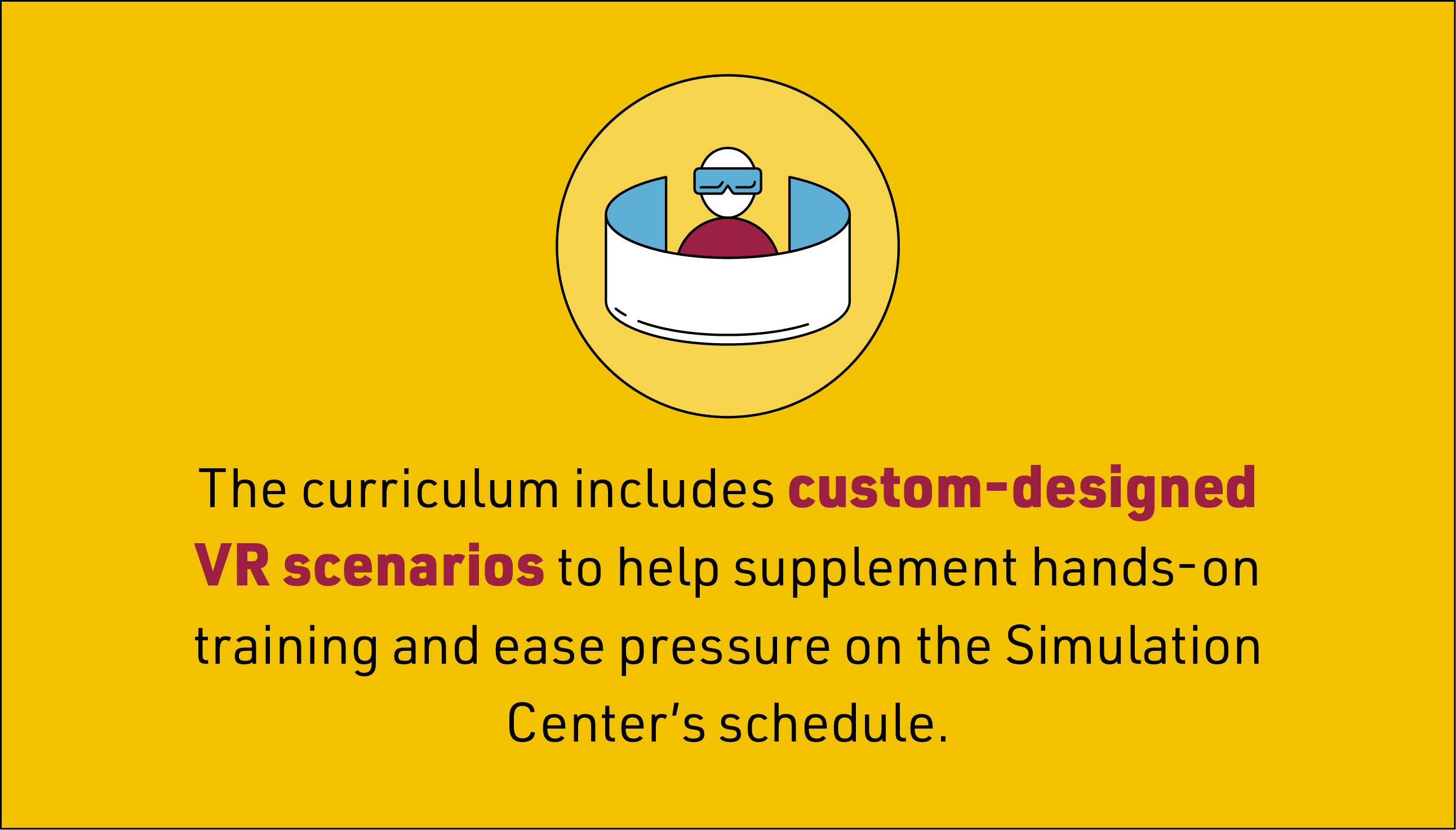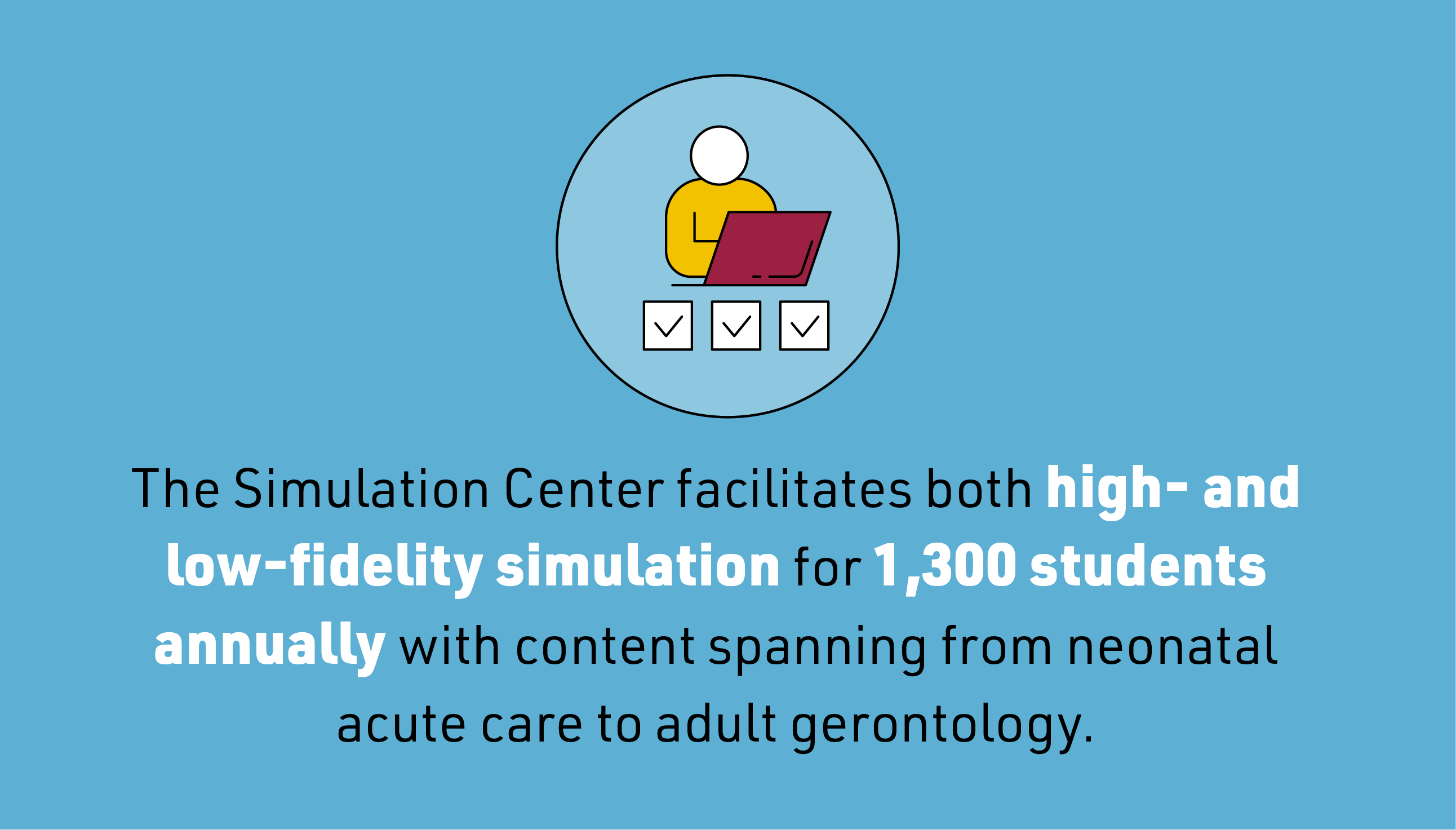On a warm mid-August afternoon, faculty and staff in Penn Nursing’s Helene Fuld Pavilion for Innovative Learning and Simulation are gearing up for a busy start of the semester.
Preparation Through Simulation
Penn Nursing’s Simulation Center is at the cutting edge of immersive health care training
An intense level of activity is emblematic of the Simulation Center’s operations. Many of the rooms in the 7,000-square-foot complex are in near-constant use as the demand for simulation learning continues to grow.
“In today’s fast-paced health care environment where complex patient care and rapidly changing technology is the norm, Penn Nursing is preparing our students to lead at the bedside and beyond,” says Antonia M. Villarruel, Margaret Bond Simon Dean at Penn Nursing. “A critical part of this preparation is detailed, technology-forward immersion. Simulation-based education develops both manual skills and clinical decision-making, so students can provide exceptional medical care in high-stakes settings.”
Inside Penn Nursing’s High-Demand Simulation Hub
Each simulation experience is thoughtfully integrated into the curriculum, making the Simulation Center an essential and distinctive part of Penn Nursing’s educational model and a pressing funding priority. Experienced simulation faculty develop case scenarios that align with course content, placing students in immersive, experiential settings where they practice clinical judgment along with a range of core competencies, including communication, teamwork, and decision-making. Maintaining these one-of-a-kind offerings is an extraordinary logistical undertaking that comes at a significant cost.
Beyond requiring frequent upgrades to state-of-the-art equipment, replacing disposables, and employing a highly specialized cohort of educators who develop the unique curriculum, the Simulation Center is operating at maximum capacity, putting scheduling opportunities at a premium.
Cutting-Edge Tools for Immersive Learning
The Simulation Center’s many suites offer different degrees of immersion. Each sim space is equipped with multiple cameras, allowing instructors to remotely view or record students’ interactions and decision-making processes for review and feedback.
All simulation rooms have access to a customized electronic health record (EHR) system designed exclusively for Penn Nursing, enabling high-fidelity integration of electronic health record documentation into simulation scenarios. Access to a national industry-standard EHR system is an enormous benefit to students. It allows them to navigate realistic patient charts and administer medications using bar-code scanning technology—just as they would in a real hospital setting. This enhances the realism of each simulation and significantly improves students’ readiness to transition seamlessly into clinical practice upon graduation.
Throughout the rooms are rolling equipment racks filled with prosthetic body parts: airway heads equipped with tracheas for intubation, task trainers of lacerated skin to practice suturing, and gynecological prosthetics for midwifery training. Perhaps the most eye-catching devices are the manikins—referred to as high-fidelity simulators—which have palpable pulses and can simulate heart, bowel, and lung sounds. These simulators can be controlled remotely to cry, seize, or foam at the mouth, while the MamaAnne obstetrical simulator has an ultrasound-compatible abdomen and can be remotely induced into labor or hemorrhage.
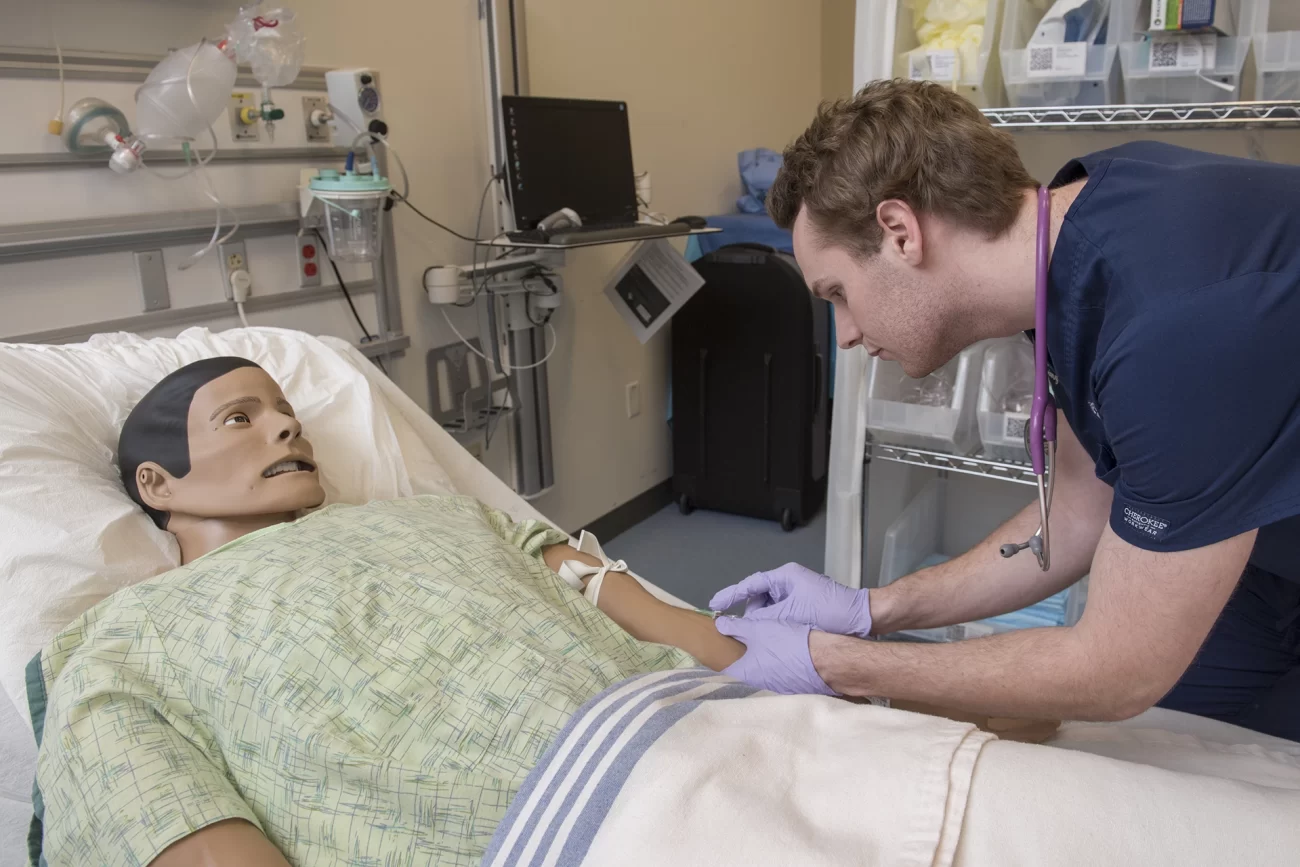
Beyond the simulation rooms, the Fuld Pavilion incorporates virtual reality technology with custom scenarios, tailored to the curriculum and collaboratively developed with Penn’s working clinicians.
“This confluence of technology and expertise is what makes the Simulation Center such a unique and impactful training ground,” says Ann Marie Hoyt-Brennan, Director of the Helene Fuld Pavilion. “Training in high-fidelity, highly realistic simulated settings provides nursing students with invaluable experience that directly translates to improved patient safety and care quality. By allowing students to make decisions, respond to evolving scenarios, and practice clinical skills in a controlled environment, simulation helps build the confidence, competence, interdisciplinary teamwork, and critical thinking needed to deliver safe, high-quality care from day one in clinical practice.”
Expanding Capacity for the Future of Care
Updating the simulation curriculum and spaces are a priority for the School. Of particular interest, simulation needs to evolve to keep pace with evolving clinical practices and to mirror the breadth of situations and places in which nurses work.
This particular priority resonated with Penn Nursing donor and board member Anthony Buividas, WG’79. He was motivated to support the work of Dr. George Demiris and other faculty who use the Simulation Center’s existing home care suite as a testing ground for new devices that enable more people to age safely in place.
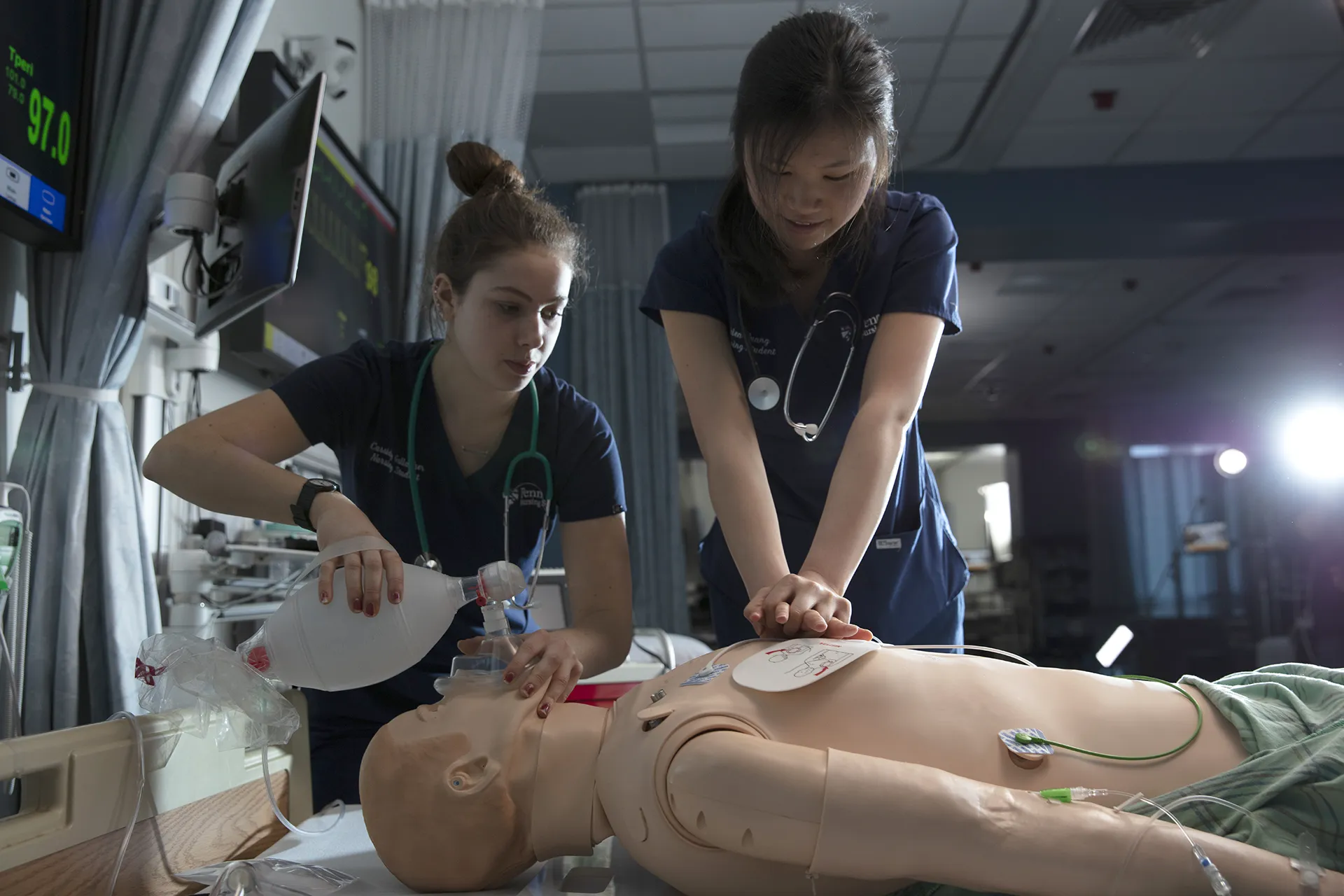
“My relationship with Penn Nursing began in the ’90s when I oversaw an innovative pilot version of what became part of Pennsylvania’s LIFE [Living Independence for the Elderly] program,” explains Buividas. “I saw then as I see now that Penn Nursing’s creative spirit makes it a forward-thinking ecosystem for education and research. There is no better place for nursing students who want to have a positive impact on the people they are caring for.”
To learn more about supporting the Simulation Center at Penn Nursing, contact Patrick Daley, SPP’15, Vice Dean of Development and Alumni Relations, at (267) 541-9187 or via email.


